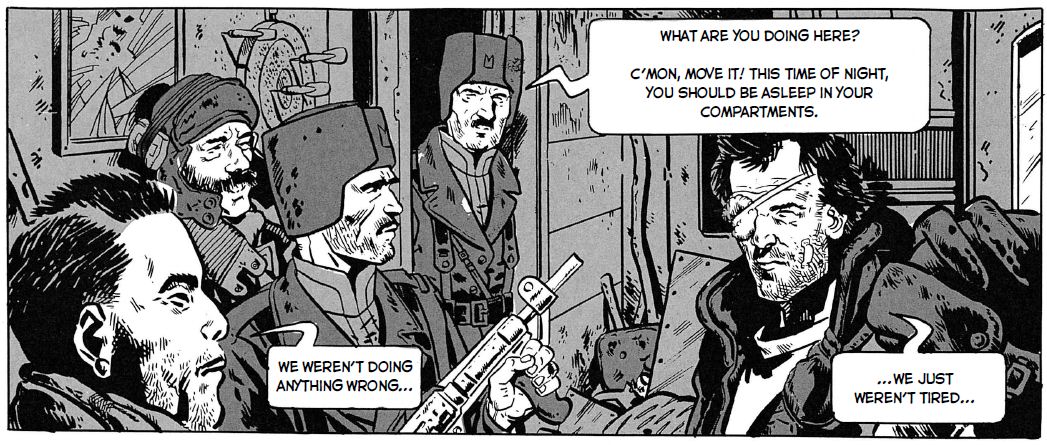
Baker’s graphic novel can definitely be described as a graphic narrative because it truly utilizes many different styles to address how and why certain historical events are presented the way they are.


Chute insists that the “graphic narrative offers compelling, diverse examples that engage with different styles, methods, and modes to consider the problem of historical representation” which makes them a unique form of art and storytelling (Chute 457). One scholar, Hillary Chute, prefers to call graphic novel versions of real events “graphic narratives” because they are “they are rich works of nonfiction,” instead of fiction as the term “novel” is usually associated with. This gives power to nontraditional styles of storytelling, much the same way that writers of traditional slave narratives often subverted conventions of writing and authenticating their experiences. Baker’s use of the graphic novel style allows him to recontextualize the story of Nat Turner, provide alternate justification, and prioritize the black story over the white retelling for a new generation of witnesses.īaker’s graphic novel revolutionizes the way slave narratives can be read by using drawings and collage style imagery to tell the story as opposed to solely relying on the written word. His use of a graphic novel as a vehicle for this story makes it more relevant to modern readers as well as utilizes a form that encourages reader participation in the making of meaning. The pseudo-superhero style comic book gives Turner an origin story and a rise and fall without glorifying him or outright justifying his actions. Interspersing the text of Gray’s narrative with comic book style drawings, Baker creates a compelling and emotional retelling of Turner’s story. It tells the story of Nat Turner from before his birth when his parents were still in Africa up to the moment of his death and after. Kyle Baker’s Nat Turner is a graphic novel depiction of the story of Nat Turner and his 1831 slave rebellion, drawing on multiple accounts of his life but mostly Thomas R. Through drawings and the purposeful structuring of comic pages, Baker creates a silent narrative underpinning the words written by original Nat Turner biographer Thomas Gray, using his style itself as an argument for closer reading of the narrative. This paper combines scholarship on traditional slave narratives as well as comic book rhetoric, and Kyle Baker’s narrative specifically, to understand how Baker’s graphic novel honors Turner’s life and uses the same techniques that previously enslaved authors used and repurposes them for a new era. The accessible visual style which draws on superhero comic book rhetoric, brings Turner’s story to contemporary audiences, creating a new opportunity for understanding Turner’s motivations from a modern standpoint.


His graphic narrative prioritizes the black story without a white person overseeing the storytelling.
Hold the line graphic novel free#
In Kyle Baker’s graphic novel retelling of Nat Turner’s life story, free from the conventions of those traditional narratives, the reader is provided a new perspective on Turner’s story with an emphasis on reader participation. Previously enslaved authors subverted those conventions to take control of their narratives and expose white abolitionists’ selfish motivations. Traditional slave narratives follow a set of conventions that helped abolitionists recognize them as factual and trustworthy stories.


 0 kommentar(er)
0 kommentar(er)
